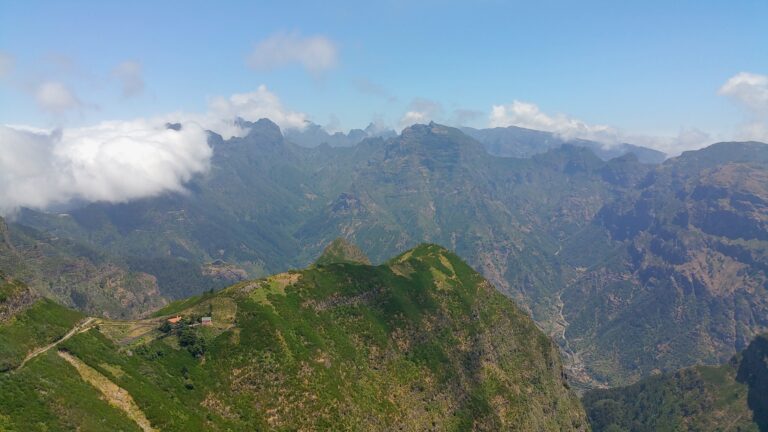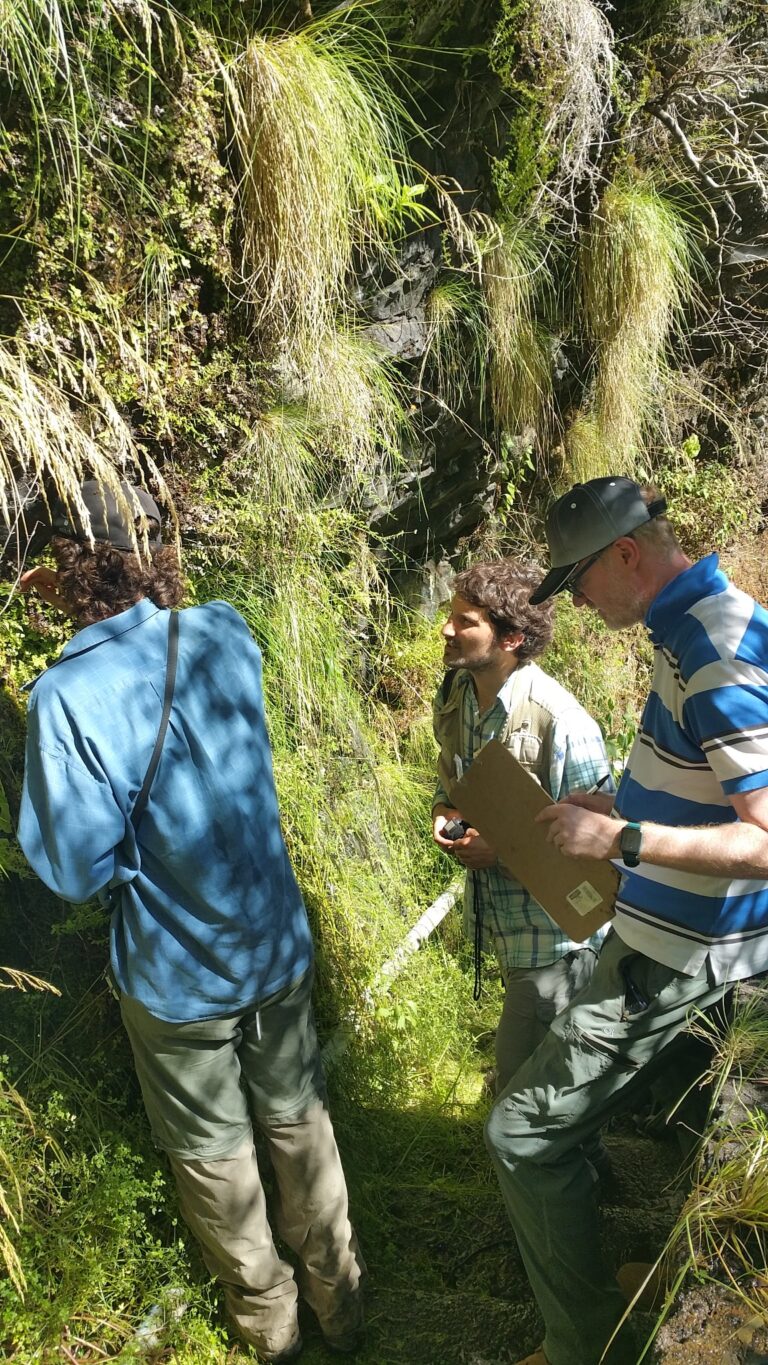Darko D. Cotoras, Senckenberg Museum and California Academy of Sciences | Daniel Simonsen, Chesterton Community College | Thomas Hesselberg, University of Oxford
Islands harbor unique species with local endemicity and special adaptations. The islands of Macaronesia have a wealth of examples and have played a key role in developing our understanding of island biology. Among arachnids, perhaps one of the most spectacular cases is found in the woodlouse hunting spiders from the genus Dysdera. The genus has approximately 285 species, mostly distributed around the Mediterranean. However, more than a fifth of them are present exclusively in the Macaronesian islands. There are 47 endemics in the Canarias, 12 between Madeira and Porto Santo, at least a couple in the Açores and single island endemics in Salvagens and Cabo Verde, respectively (Crespo et al, 2021). In Madeira, also with a high diversity, the giant and colorful endemic wolf spiders from the genus Honga have a total of seven species (Crespo et al, 2022). Among those is the critically endangered Desertas wolf spider, Hogna ingens (Blackwall, 1857). The knowledge accumulated from these and many other studies shows how unique and threatened the arachnofauna from Madeira is, as well as how much more it needs to be studied.

During the month of August 2022, we did two weeks of fieldwork in Madeira focusing on the study of endemic and native species of spiders. In particular, species from the families Tetragnathidae and Theriididae. We are interested in characterizing population variability and assessing how much they differ from other closely related species. This data will give us information on the evolutionary processes acting on these Madeiran species. Our surveys happened in areas of the laurissilva forest. The work involved visiting different locations of Madeira island such as the Parque Ecológico do Funchal, Rabaçal, Chão da Ribeira, among others. When on site, we searched for these spiders in the vegetation, road cuts and rocks. For each specimen, we collected a variety of environmental and biological data to better characterize the species biology.

The fieldwork was very successful and we were able to gather important data, which we will analyze back at the museum. The impressive topography of the island and its vibrant forest made us wonder about the natural forces shaping the evolution of the endemic species. At the end of our visit, hosted by the Parque Ecológico do Funchal, we had the opportunity to give a talk about the biology of arachnids and share our first impressions about our fieldwork. We had the fortune to collaborate with many local colleagues, which supported our work and taught us about the island biodiversity. In particular, with the research group of professor Dora Pombo and the Coleção de Insetos da Universidade da Madeira – UMACI, the staff from Parque Ecológico do Funchal and the team from Madeira Fauna & Flora – Ecoturismo, Biologia e Conservação. The research was authorized and logistically advised by the Instituto das Florestas e Conservação da Natureza, and it was possible thanks to the funding support provided by the British Ecological Society and the Alexander von Humboldt Foundation.
We hope that this research will contribute to better understand how different species have adapted to island life and locally diversified. So, stay tuned for the results of our work in the near future!C

References
Crespo LC, Silva I, Enguídanos A, Cardoso P and Arnedo MA. 2022. The Atlantic connection: coastal habitat favoured long distance dispersal and colonization of Azores and Madeira by Dysdera spiders (Araneae: Dysderidae). Systematics and Biodiversity 19: 906–927.
Crespo LC, Silva I, Enguídanos A, Cardoso P and Arnedo M. 2022. Island hoppers: Integrative taxonomic revision of Hogna wolf spiders (Araneae, Lycosidae) endemic to the Madeira islands with description of a new species. Zookeys 1086: 84–135.
